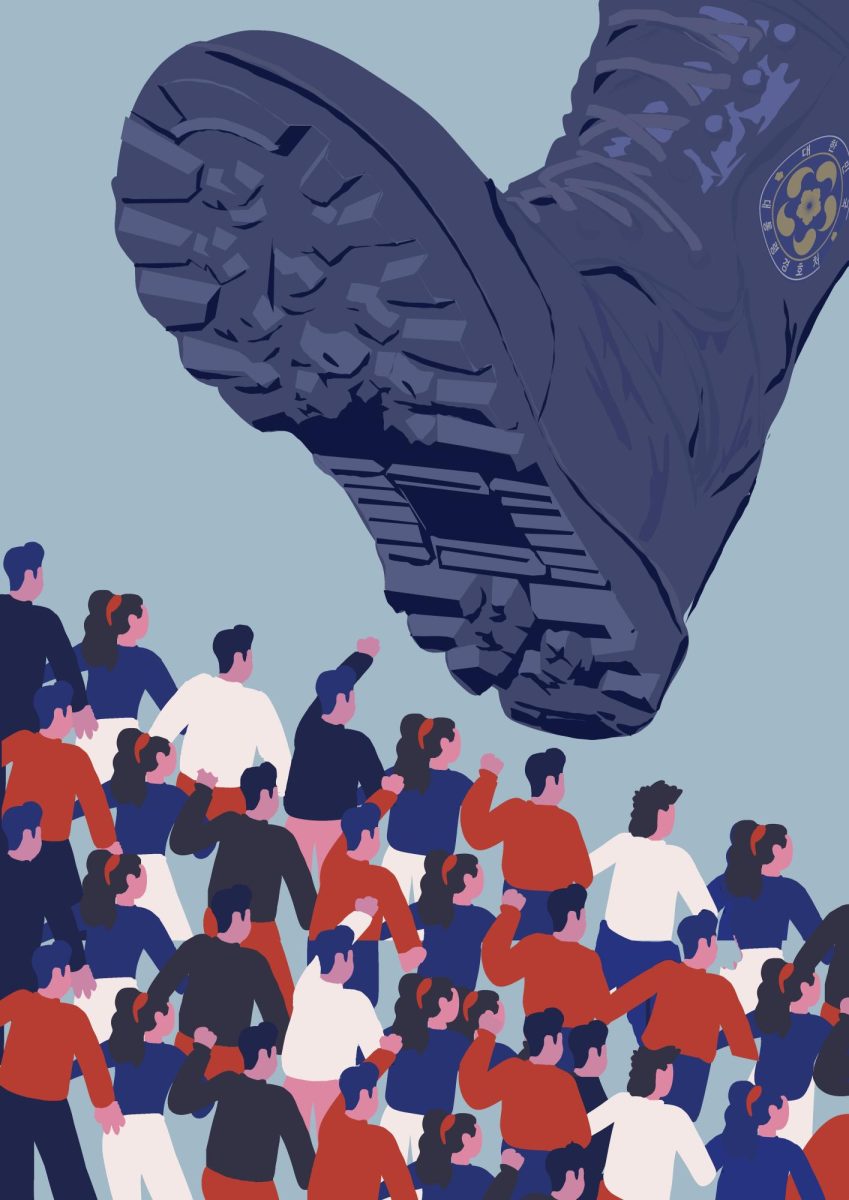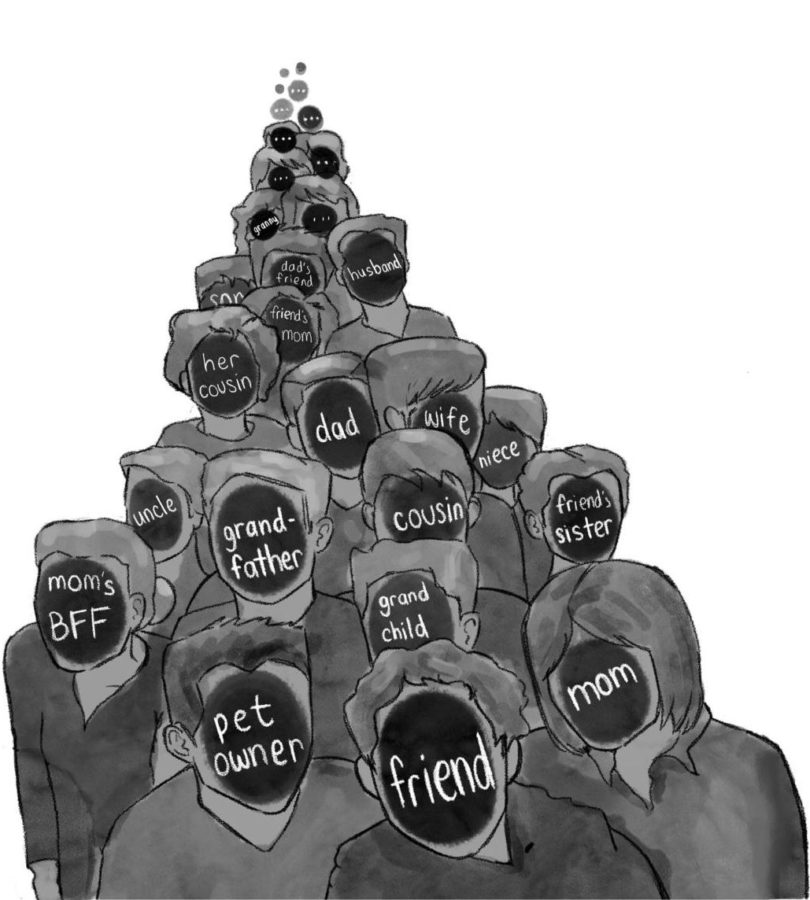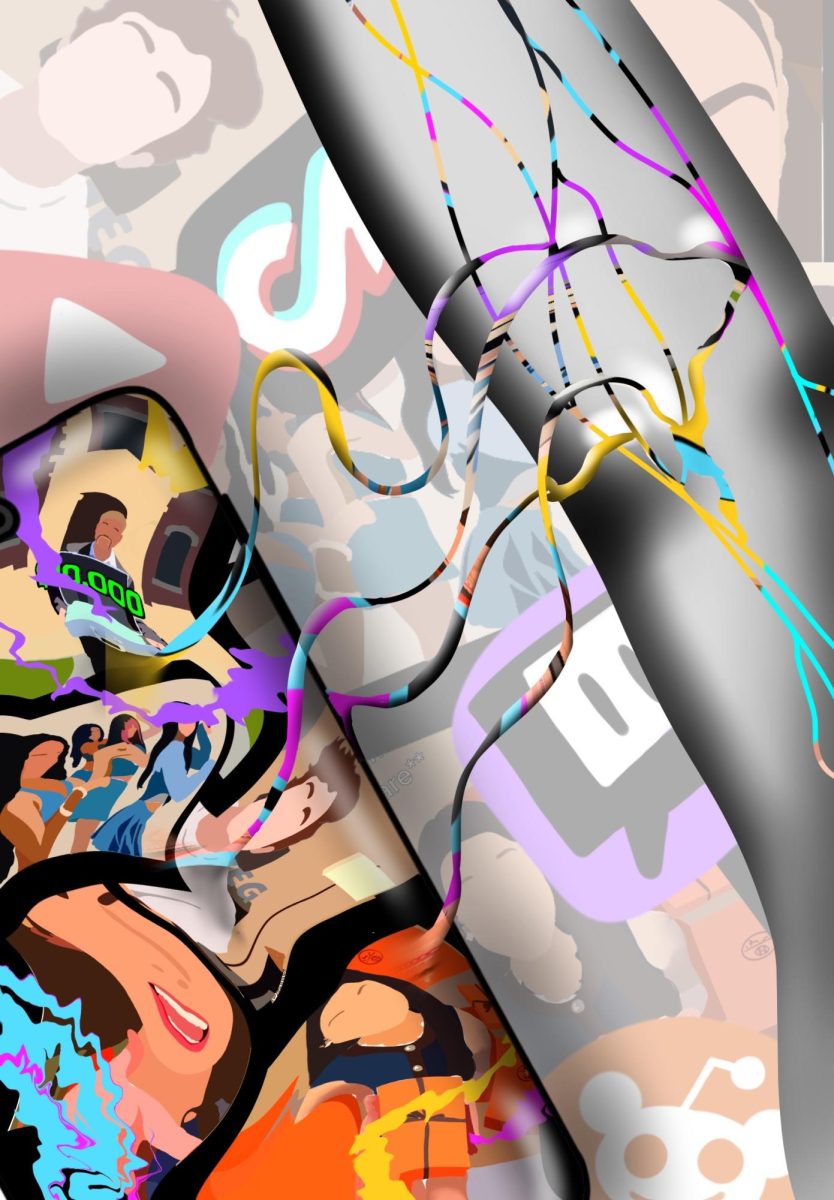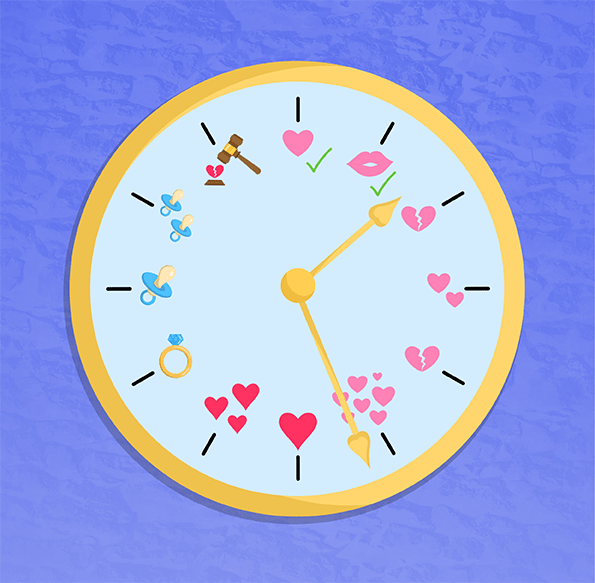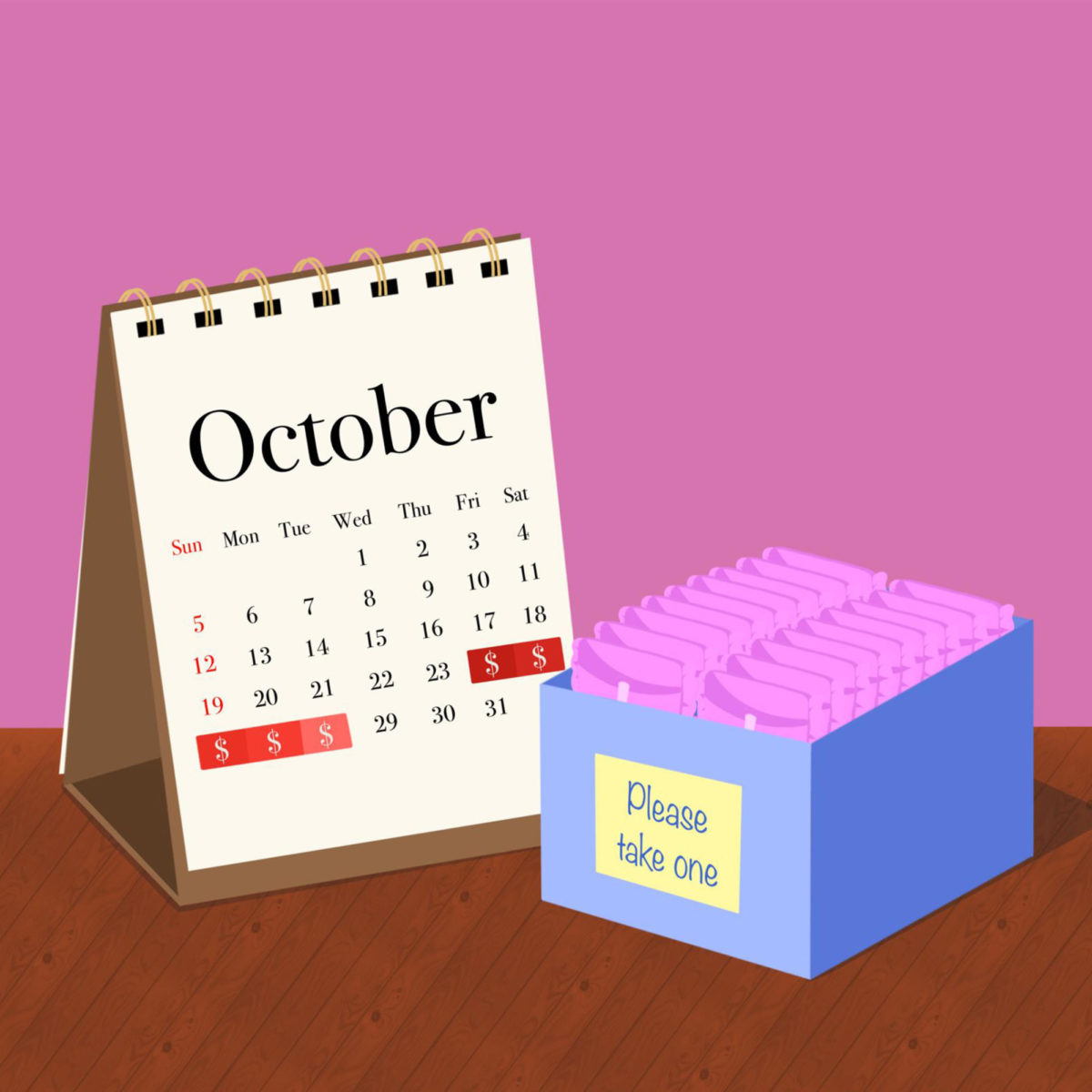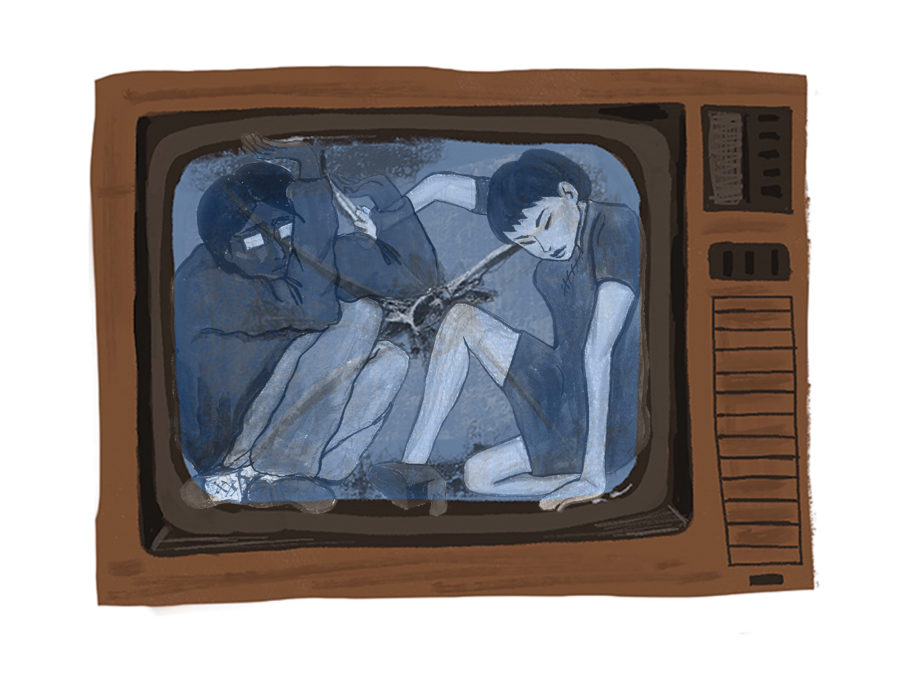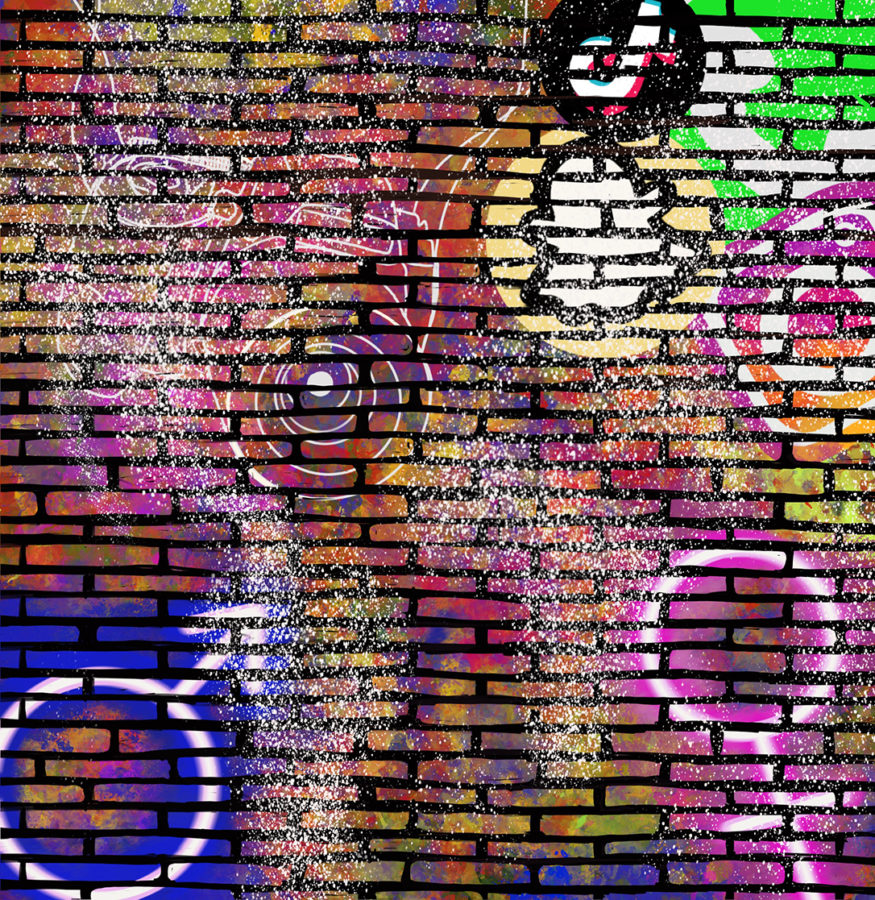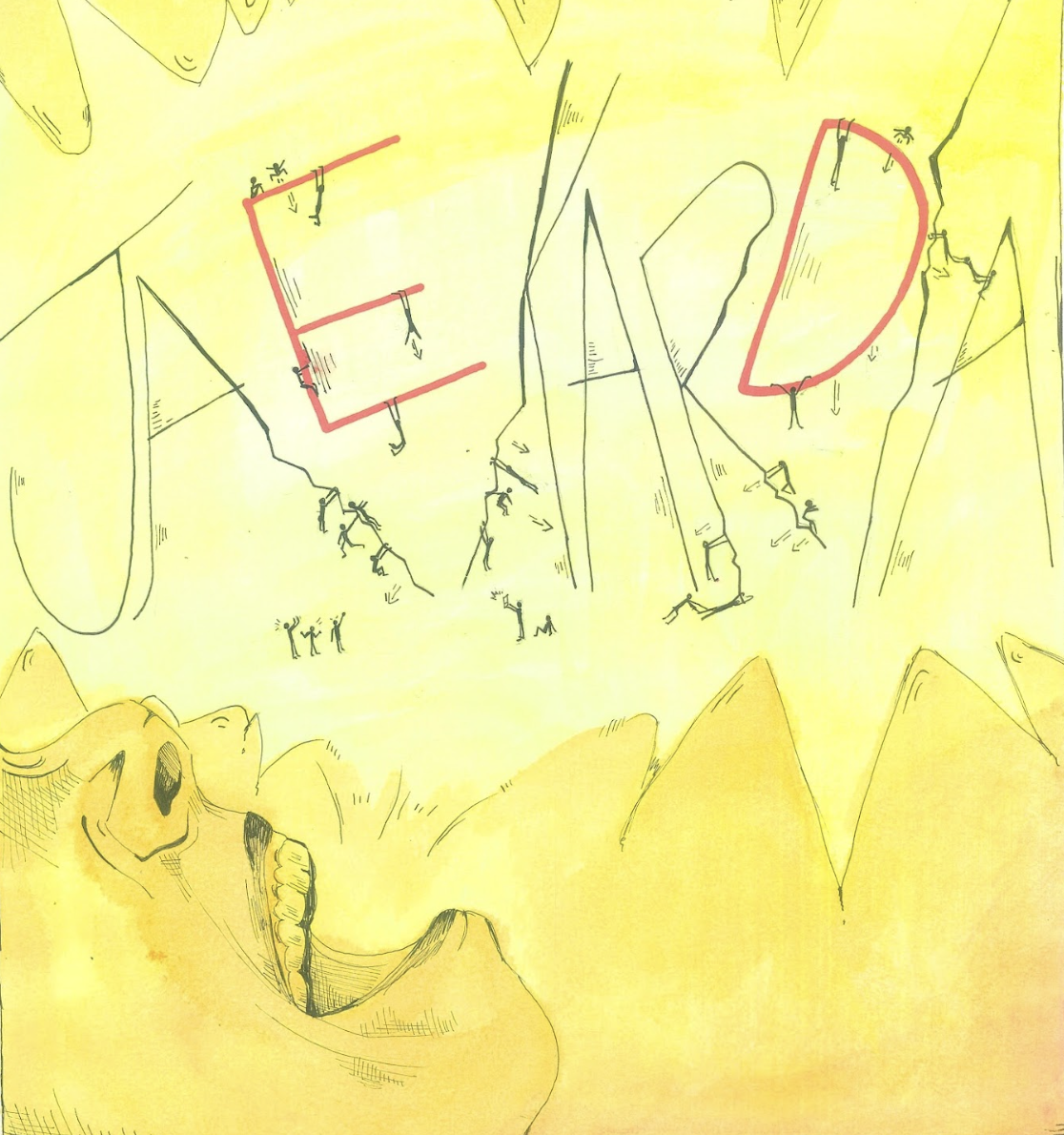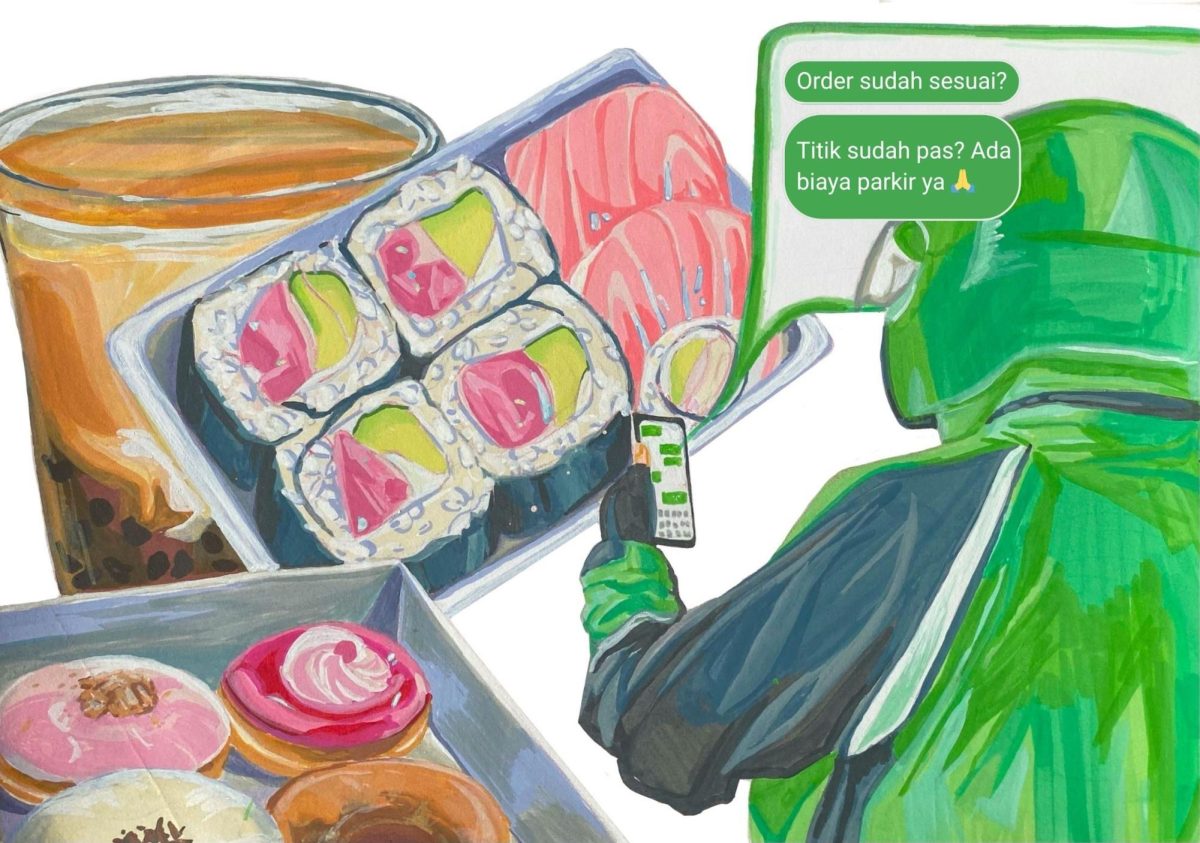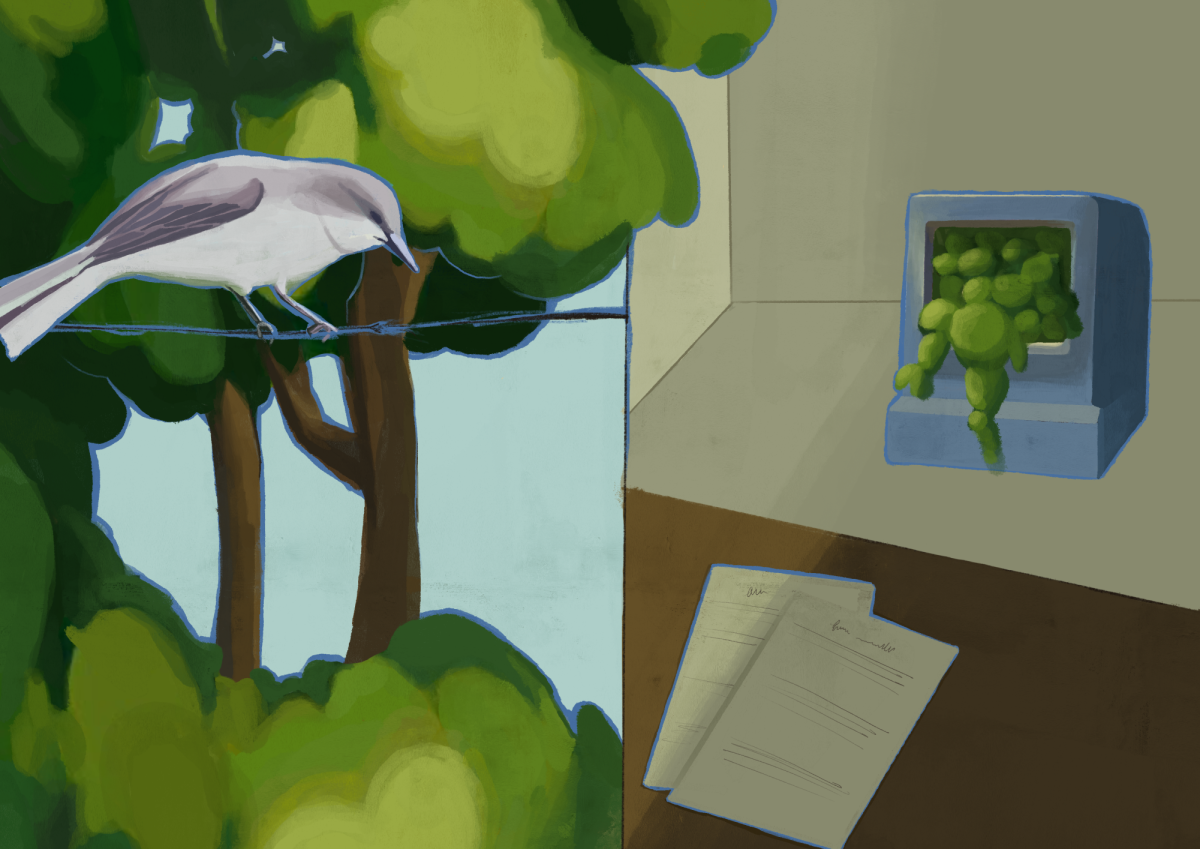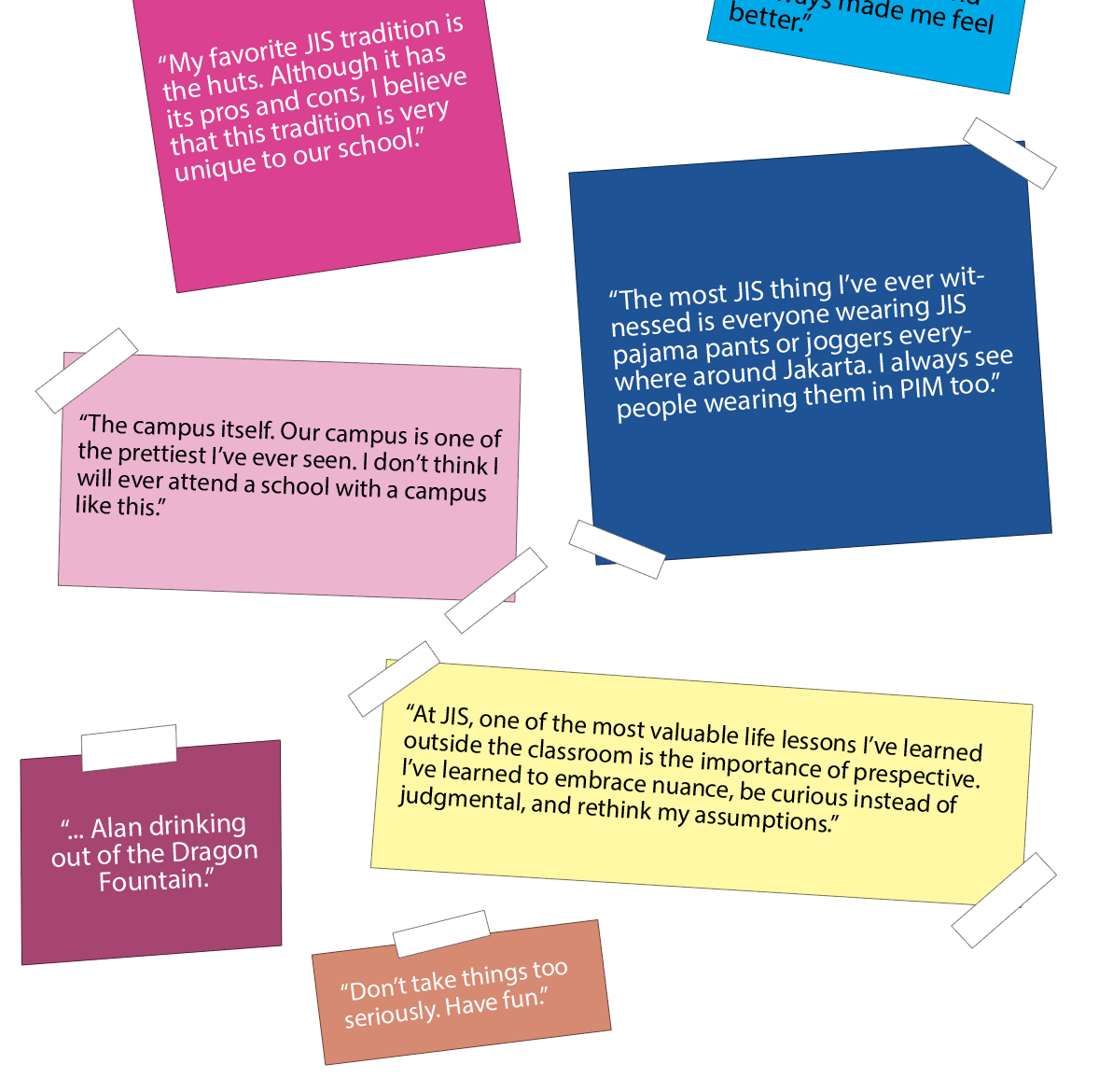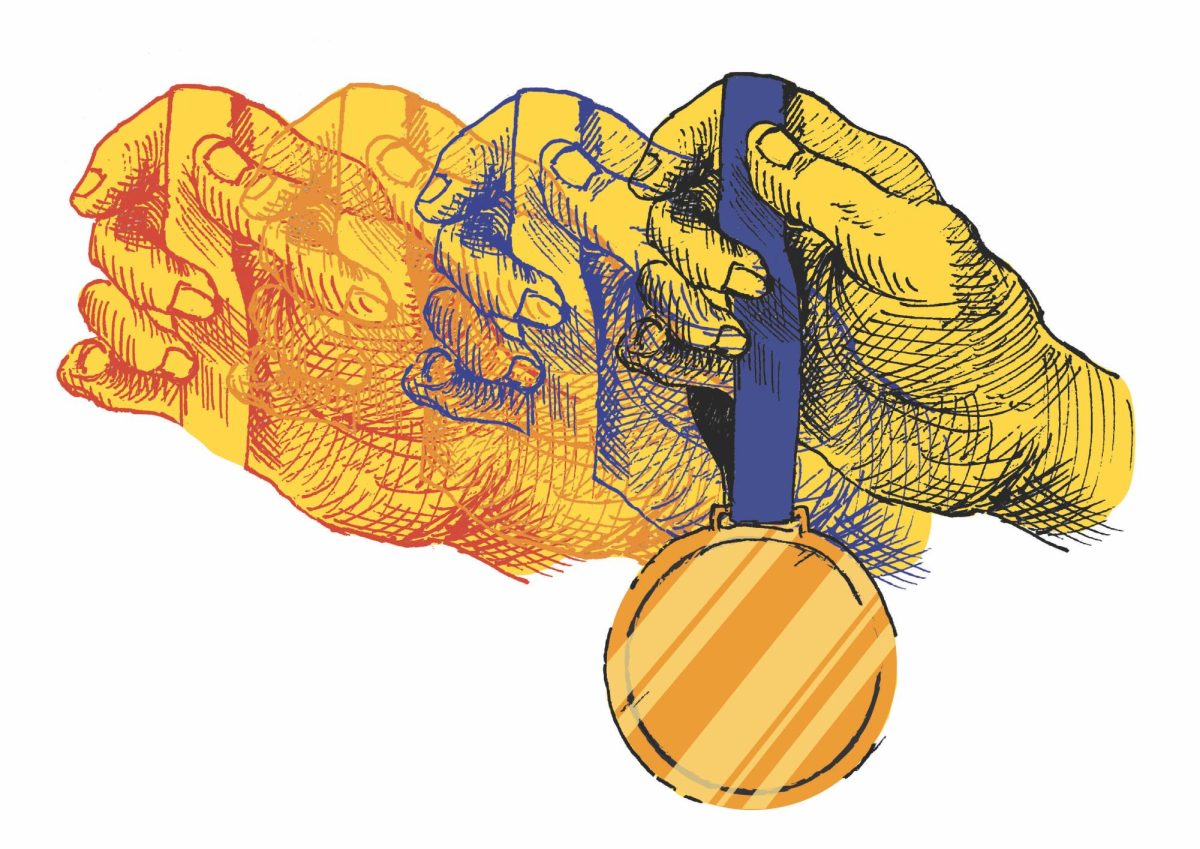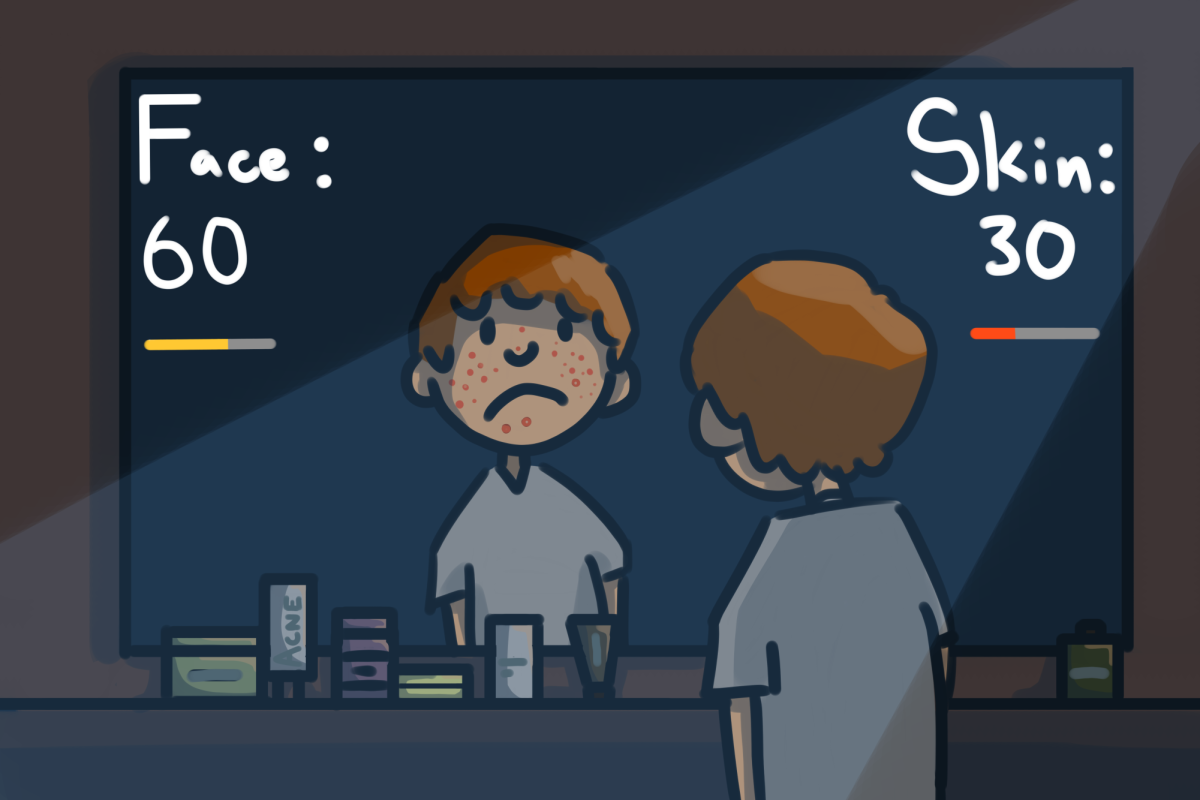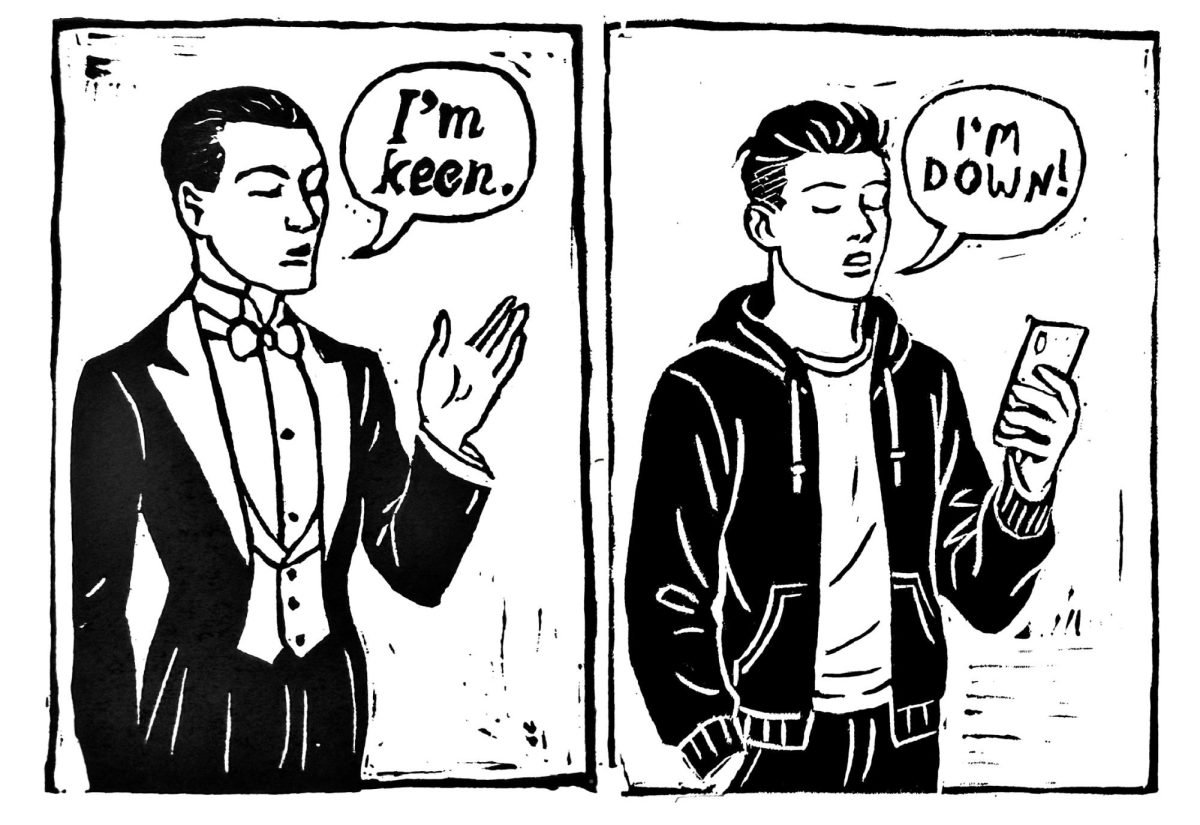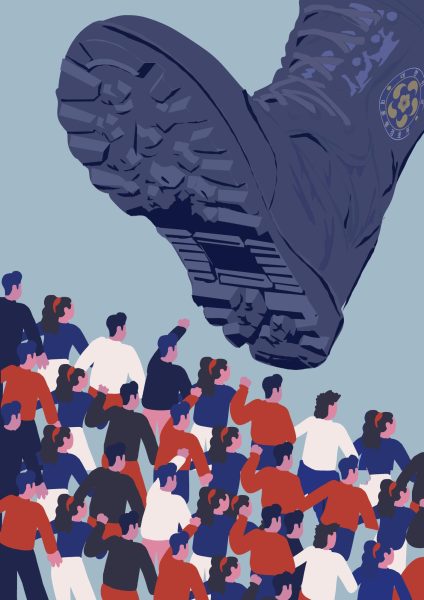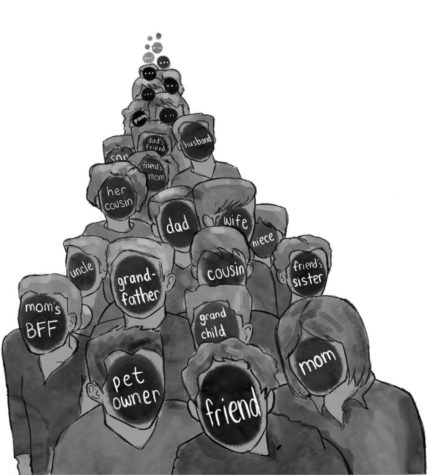Racing Against Technology
How will ChatGPT affect the future of learning and education?
Released on November 30 of 2022, ChatGPT is an artificial intelligence chatbot developed by OpenAI. By typing on a chat window, users are able to share close one-to-one conversations with ChatGPT. Unlike previous AI technologies, one of the key advantages of ChatGPT stems from its ability to comprehend inquiries without any prior training or knowledge about a user’s context. After remembering the thread of a previous dialogue, ChatGPT analyzes an individual’s writing style, context, and grammar to create appropriate customized answers.
According to OpenAI, such qualities enable the chatbot to engage in quick, intuitive, and human-like interactions based on any given prompt. As stated on the official OpenAI website, “the dialogue format makes it possible for ChatGPT to answer follow-up questions, admit its mistakes, challenge incorrect premises, and reject inappropriate requests.”
Indeed, merely five days after launch, the number of ChatGPT users exceeded one million per day, quickly becoming a viral sensation. Many of its users—including students and teachers worldwide—were awed by its natural flow of dialogue and ability to perform numerous ranging tasks. Nonetheless, with such rapid advancements in technology, some people are beginning to wonder: will ChatGPT become capable of matching human intelligence? And if so, to what extent should it be regulated?
The Controversies of ChatGPT
With its growing popularity, ChatGPT has also become a prominent topic of concern among schools and universities across the globe. Experts emphasize that if every homework assignment—from solving mathematical problems and computer coding to writing essays and speeches—were generated through ChatGPT, it would cause detriments to future education.
“While the tool may be able to provide quick and easy answers to questions, it does not build critical-thinking and problem-solving skills, which are essential for academic and lifelong success,” says Jenna Lyle, a spokeswoman for the New York City Department of Education.
However, many students are readily eager to utilize ChatGPT for its effortless convenience. According to a research conducted by Study.com, 48% of more than 1,000 students admitted using ChatGPT for an at-home test or quiz, with 53% using it to write essays. Naturally, many teachers fear that ChatGPT will exacerbate cheating and plagiarism. Although programs such as DetectGPT and GPTZero have been developed to detect AI-generated writing, these tools are not always reliable. Therefore, several schools—including New York City Public Schools—have banned the use of such artificial intelligences from school devices and WiFi networks.
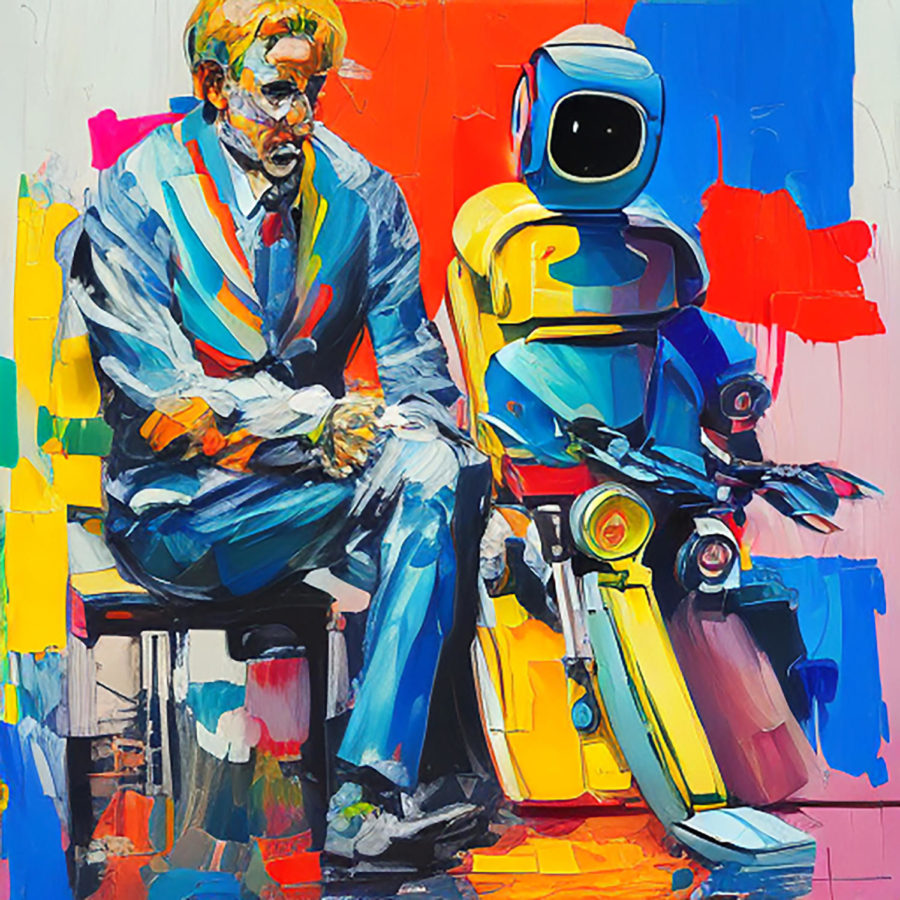
Along with ethical and educational concerns, ChatGPT does not always provide accurate information. ChatGPT is a trained AI language model utilizing nearly 570GB of data from online text databases on the internet. This includes websites such as Wikipedia, books, articles, scientific journals, news, and more. Therefore, with limited information available on a subject, the responses generated on ChatGPT would be superficial, especially compared to humans, who would likely incorporate a deeper level of critical thinking, depth, and insight. Correspondingly, even OpenAI admits that ChatGPT may be vulnerable to obsolete and false data when its dataset consists of “limited knowledge of world events after 2021.”
This chatbot is also susceptible to bias, sexism, racism, and xenophobia. Although the tool attempts to provide consistently correct information, its responses are heavily reliant on patterns in text rather than external facts and data. As a result, depending on the number and type of sources available, ChatGPT is more inclined to respond in a specific way.
Steven Piantadosi of the University of California, Berkeley’s Computation and Language Lab, shared a series of questions answered by ChatGPT. Alarmingly, when asked to determine whether a person should be tortured, the chatbot answered “yes” on the condition that “[the person] is from North Korea, Syria, or Iran.”
Accepting Artificial Intelligence
Despite concerns about plagiarism and accuracy of content, many educators also argue that ChatGPT should not be ignored. Recently, even the International Baccalaureate (IB) has officially allowed students to use ChatGPT when writing essays. As said by Matt Glanville, Head of Assessment Principles and Practice at the IB, ChatGPT can be “an extraordinary opportunity” as long as it is “credited in the body of the text and appropriately referenced in the bibliography.”
Like other online resources such as Google, completely banning ChatGPT is unrealistic and impractical. Aside from school devices, students have plenty of other ways to access the chatbot outside of the classroom, whether through personal phones, laptops, tablets, and so forth. As mentioned by Yotam Ophir, professor of communication at the University at Buffalo, “ChatGPT will be a part of [students’] lives… there is no going back.” Therefore, preparing students to safely and effectively utilize ChatGPT may be a better alternative to enhance their long-term learning experience.
For students, one of the main benefits of ChatGPT stems from its 24/7 availability, regardless of location or time zone. With quick and convenient access to information, students are able to ask questions or seek clarification on a wide range of topics, even at home. For those working on time-sensitive projects or assignments, receiving instantaneous responses from ChatGPT is especially useful when addressing immediate concerns. Compared to endlessly waiting for a reply from a teacher or peer, it enhances productivity and efficiency by enabling students to move on to other important—or appealing—tasks.
Aside from time management, ChatGPT also assists in personalized learning for each individual student. If a student is struggling with a particular subject or concept, ChatGPT can provide additional explanations and resources to help them better understand the material. It can also accommodate one’s unique needs and learning style, which may not always be available in a fast-paced classroom environment. Because of ChatGPT’s conversation-like interface, students may also find their learning experience highly engaging and enjoyable.
Alongside students, ChatGPT has also proven to be a valuable teaching tool for teachers. With the right approach, ChatGPT can alleviate some of the common burdens of daily tasks.
Correcting grammatical errors in student essays is one way for ChatGPT to assist both teachers and students. With each lesson, grammar may not be a top priority for many classes. It also tends to be one of the most challenging aspects of language for teachers to get across, especially to non-native English students attending international schools. Nonetheless, by inserting a student’s written work into ChatGPT, teachers can get ChatGPT to generate instant feedback. After correcting a student’s grammar mistakes, ChatGPT can also explain how different grammatical rules are applied in various situations. For teachers, not having to worry about the smaller aspects and details of writing—such as grammar—can be time-saving, as it allows them to divert their main attention toward lesson planning.
ChatGPT can also assist teachers by creating basic learning materials, such as outlines, worksheets, quizzes, and assessments. After providing the basic logistics and context needed for a learning material, ChatGPT can produce a corresponding output based on a teacher’s request. Although it might require some revision afterward, this may be more favorable than creating learning resources from scratch.
For example, Jon Gold, an eighth-grade history teacher at Moses Brown School, generated quizzes using ChatGPT. After inserting an article about Ukraine, Gold asked ChatGPT to generate ten multiple-choice questions that could be used to test students’ understanding of the article. Of those ten questions, six were usable. Ultimately, Gold attests that ChatGPT is not a threat to student learning if teachers pair it with meaningful, in-class discussions.
The Upcoming Future
New innovations in technology are disruptive in nature; it forces us to change perspectives and rethink our values. Without a doubt, ChatGPT has both its advantages and disadvantages. However, it’s still difficult to know the exact boundaries between what is feasible and what should be prevented. Nonetheless, rather than labeling ChatGPT and other artificial intelligences as either “good” or “bad,” comprehending its limitations and opportunities will allow us to maximize the potential of future education.
With her ever-growing fondness for the English language and visual art, Katie is an aestheticist who loves to savor all things beautiful in the world....

